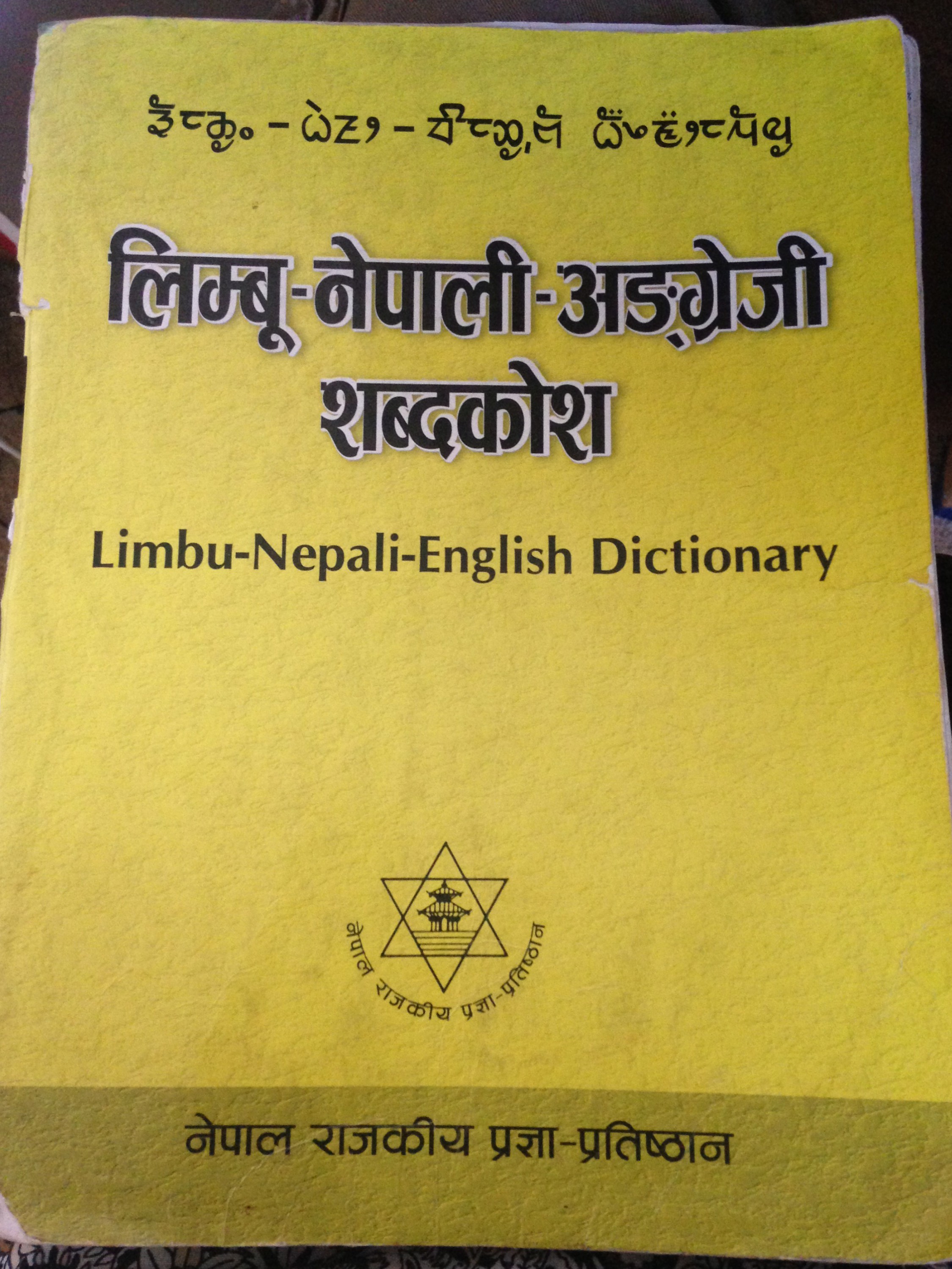The Limbu Language and People:
The Limbu language is spoken by more than 300,000 people, primarily in Nepal. Limbu people have their own language, territory, and identity. Historically the language was suppressed by official and de facto language policy. As an “unofficial” language, Limbu was particularly discouraged in public domains, such as schools, courtrooms, and government offices. In 1990, however, the national government officially approved the teaching of the indigenous languages in local schools. Despite this approval, however, the government provides no resources for teaching such languages. Furthermore, the use of languages other than Nepali, the national language, is still banned in courtrooms and government offices.
Revitalization:

In the face of such challenges, local Limbu communities have begun their own language revitalization initiatives. For example, they are continually documenting folk tales, songs, and stories. Limbu people have also developed primary-level textbooks, dictionaries, and grammar books. In addition, university students and parents have started their own Limbu organizations, through which they organize Limbu language literacy and other cultural programs. Despite all these efforts, official government support dedicated to these activists and organizations is very minimal.
Recommendations:
Limbu language efforts would benfit greatly from a literacy program. Moreover, Limbu should be implemented both as a language of instruction in schools as well as by media. The government of Nepal should provide sustainable support for revitalization of the Limbu language, culture, and indigenous knowledge. In support of these goals, Limbu activists need to continue to raise awareness through their activities, programs, and organizations.

